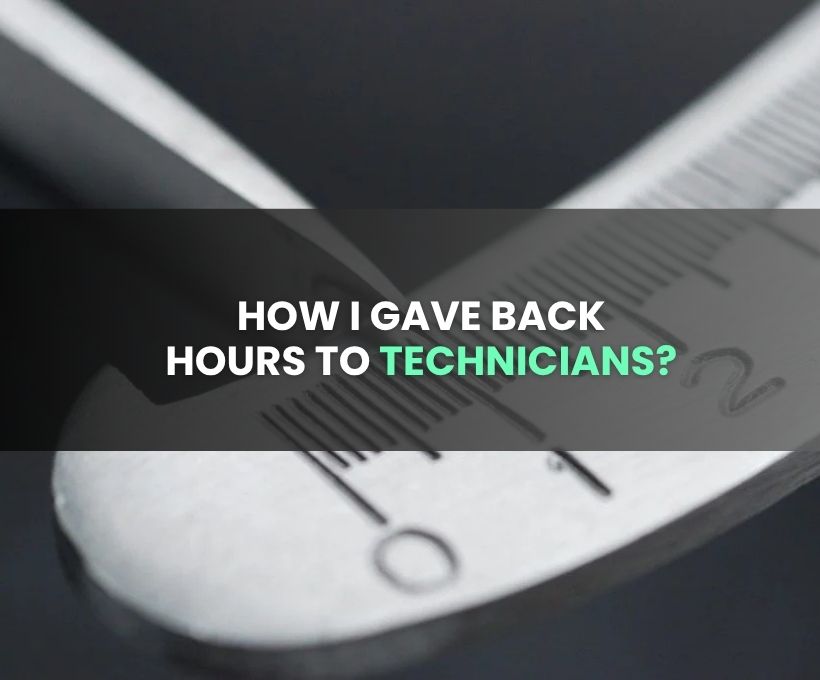🔧Turning repetitive paperwork into seconds-long tasks through smart automation.
The Hidden Cost of Manual Paperwork
In every technical organization—be it a manufacturing plant or a calibration lab—there’s a quiet but constant workflow: generating calibration sheets.
For one of my clients, this wasn’t just an occasional task. Technicians were spending hours each week manually entering data from an Excel pull list into a blank calibration PDF. It was slow, repetitive, and easy to get wrong. A mistyped serial number or a forgotten entry could lead to compliance issues down the line.
The inefficiency wasn’t just frustrating—it was costly. Skilled professionals were stuck doing data entry instead of focusing on the actual calibration work they were trained for.
That’s where I stepped in.
Automating a Repetitive Workflow—Without Disruption
When I started the project, my goal wasn’t to overhaul the process entirely—it was to enhance it with precision and simplicity.
I built a Python-based script that reads the Excel sheet line by line, extracts the relevant data fields for each instrument, and automatically populates a PDF template with the correct values. Each completed form is saved with a unique, traceable filename. A built-in log keeps track of every sheet generated.
From a user’s point of view, it’s simple: drop in your Excel file, run the script, and out comes a batch of ready-to-use calibration sheets.
The result? A once-tedious task now completes in a matter of minutes.
What This Changed for the Client
The impact was immediate and measurable:
- Hours saved weekly by technicians who no longer have to fill out forms manually
- Reduced error rates, thanks to automated field population and validation
- Streamlined record-keeping, with consistent file names and automatic logs
- Easier compliance, because documentation is more reliable and traceable
The entire process became structured, repeatable, and audit-friendly. Most importantly, the team could now focus on tasks that truly require human expertise.
Why This Matters for Other Teams, Too
If your organization deals with repetitive form-filling—whether for calibration, inspection, QA, or reporting—this story might sound familiar. It’s not about using flashy AI or big systems. It’s about solving the actual pain points that slow your team down.
Automation doesn’t need to be complex to be powerful. Even a lightweight script can create substantial returns when it targets the right bottleneck.
And while this solution was built around calibration sheets, the approach is easily adaptable. Different templates, different data sources, or even a user interface—these are just iterations away.
Let’s Explore What You Could Automate
I built and deployed this system as a freelance developer with one clear goal: to free up valuable time by removing repetitive friction.
If you’re spending time on paperwork that should be automated, let’s talk. Whether it’s calibration, compliance, or any other repetitive documentation, there’s likely a smarter, faster way to handle it.
Interested in seeing what’s possible? I’d be glad to share ideas.
